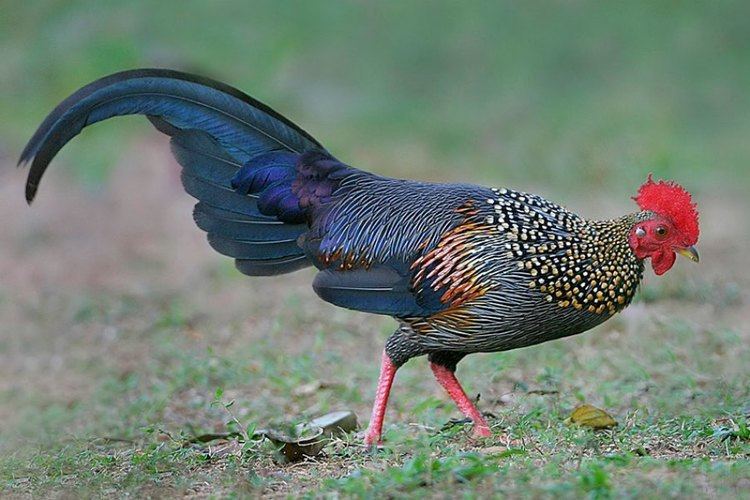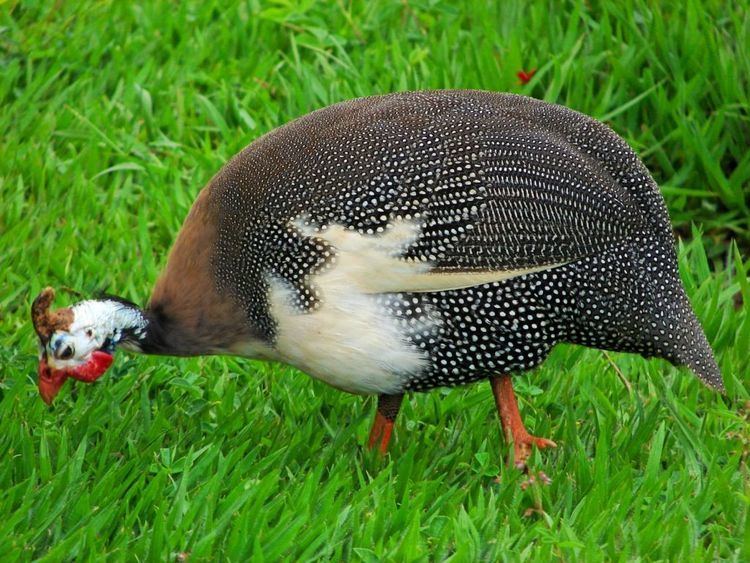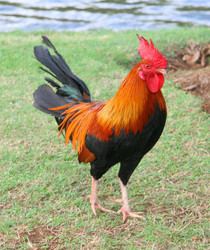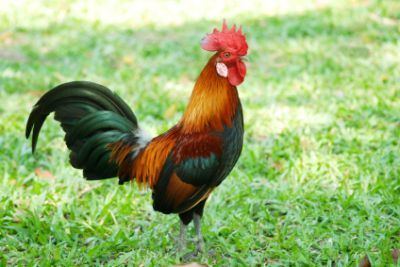Scientific name Galloanserae Rank Subclass | Higher classification Neognathae Phylum Chordata | |
 | ||
Superorder GalloanseraeSclater, 1880 Lower classifications Guineafowl, Galliformes, Grouse, Goose, Anatidae | ||
Smart farm guinea fowl rearing
Fowl are birds belonging to one of two biological orders, namely the gamefowl or landfowl (Galliformes) and the waterfowl (Anseriformes). Studies of anatomical and molecular similarities suggest these two groups are close evolutionary relatives; together, they form the fowl clade which is scientifically known as Galloanserae (initially termed Galloanseri). This clade is also supported by morphological and DNA sequence data as well as retrotransposon presence/absence data.
Contents
- Smart farm guinea fowl rearing
- Short clips male guinea fowl sounds
- Terminology
- Characteristics
- Systematics and evolution
- References
Short clips male guinea fowl sounds
Terminology

As opposed to "fowl", "poultry" is a term for any kind of domesticated bird or bird captive-raised for meat, eggs, or feathers; ostriches, for example, are sometimes kept as poultry, but are neither gamefowl nor waterfowl. In colloquial speech, however, the term "fowl" is often used near-synonymously with "poultry," and many languages do not distinguish between "poultry" and "fowl". Nonetheless, the fact that the Galliformes and Anseriformes most likely form a monophyletic group makes a distinction between "fowl" and "poultry" warranted.

The historic difference is due to the Germanic/Latin split word pairs characteristic of Middle English; the word 'fowl' is of Germanic origin (cf. Old English "fugol", Dutch vogel, German Vogel, Swedish fågel, Danish/Norwegian fugl), whilst 'poultry' is of Latin via Norman French origin.

Many birds that are eaten by humans are fowl, including poultry such as chickens or turkeys, game birds such as pheasants or partridges, other wildfowl like guineafowl or peafowl, and waterfowl such as ducks or geese.
Characteristics
While they are quite diverse ecologically and consequently, in an adaptation to their different lifestyles, also morphologically and ethologically, some features still unite water- and landfowl. Many of these, however, are plesiomorphic for Neornithes as a whole, and are also shared with paleognaths.
Systematics and evolution
From the limited fossils that have to date been recovered, the conclusion that the Galloanserae were already widespread—the predominant group of modern birds—by the end of the Cretaceous is generally accepted nowadays. Fossils such as Vegavis indicate that essentially modern waterfowl, albeit belonging to a nowadays extinct lineage, were contemporaries of the nonavian dinosaurs. As opposed to the morphologically fairly conservative Galliformes, the Anseriformes have adapted to filter-feeding and are characterized by a large number of autapomorphies related to this lifestyle. The extremely advanced feeding systems of the Anseriformes, together with similarities of the early anseriform Presbyornis to shorebirds, had formerly prompted some scientists to ally Anseriformes with Charadriiformes, instead. However, as strong support for the Galloanserae has emerged in subsequent studies, the fowl clade continues to be accepted as a genuine evolutionary lineage by the vast majority of scientists.
